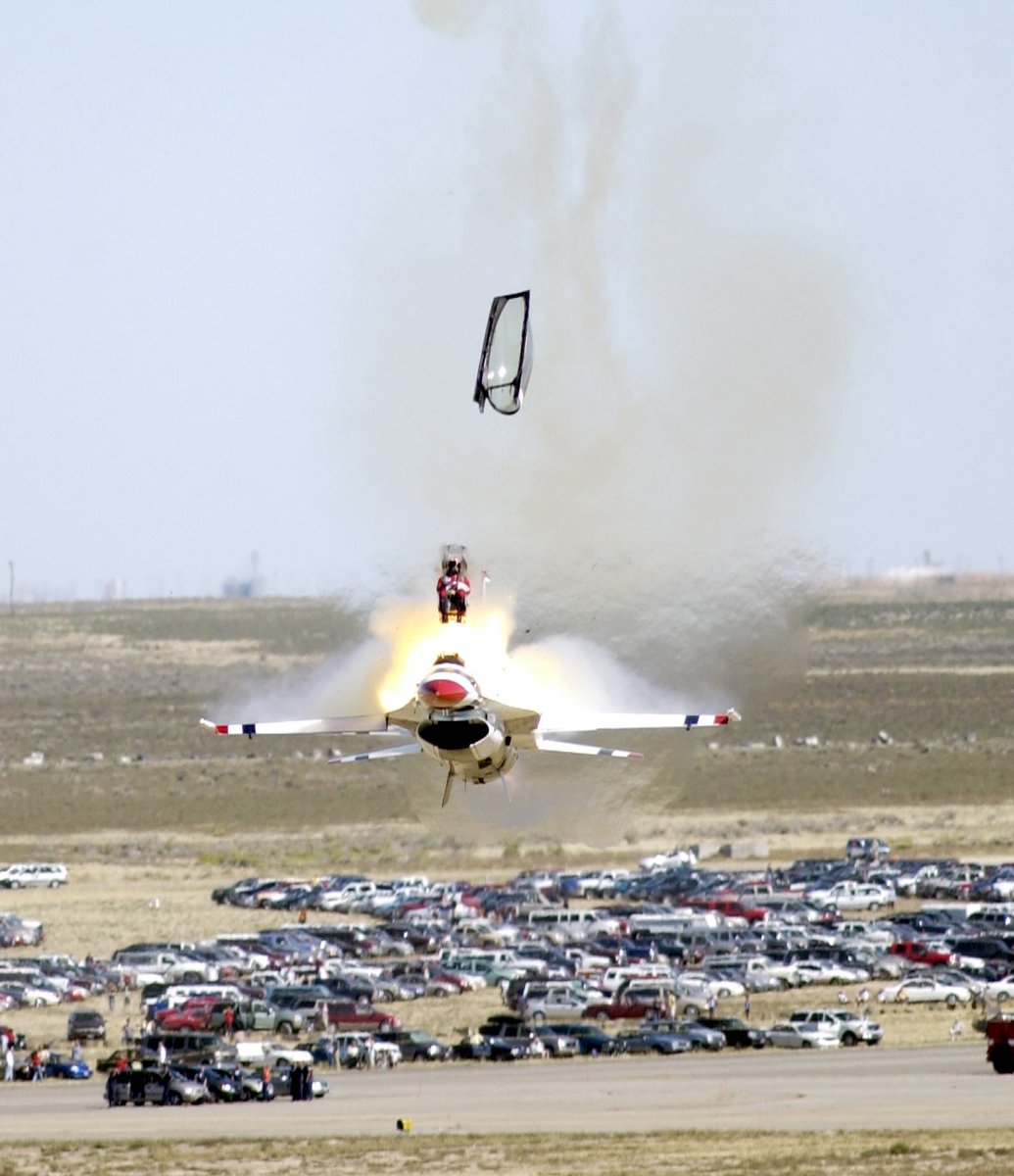How to get URL link on X (Twitter) App

 This became important when ejection seats started to standardize. Blasting someone out of a canopy into the jet stream warranted a little looking into.
This became important when ejection seats started to standardize. Blasting someone out of a canopy into the jet stream warranted a little looking into. 

 As the tide of WW2 turned in late 1943, the allies suspected that increasingly desperate Germans would turn to chemical weapons. In preparation, they secretly parked a boat load of mustard gas at the captured Italian port of Bari.
As the tide of WW2 turned in late 1943, the allies suspected that increasingly desperate Germans would turn to chemical weapons. In preparation, they secretly parked a boat load of mustard gas at the captured Italian port of Bari. 

 To save weight, lower drag, and increase usable lifespan, Soviet engineers opted for BES-5 nuclear reactors fueled by uranium-235. They provided 2KW of power per satellite.
To save weight, lower drag, and increase usable lifespan, Soviet engineers opted for BES-5 nuclear reactors fueled by uranium-235. They provided 2KW of power per satellite. 





 Obscured by might, the crew of Zeppelin Schütte-Lanz SL 11 dropped their high explosive payload. Shortly after, they were picked up by searchlight above Hornsey and targeted by an ineffective barrage. They slipped into the clouds undamaged.
Obscured by might, the crew of Zeppelin Schütte-Lanz SL 11 dropped their high explosive payload. Shortly after, they were picked up by searchlight above Hornsey and targeted by an ineffective barrage. They slipped into the clouds undamaged. 

 1-connecting tunnel between orbiter and Spacelab.
1-connecting tunnel between orbiter and Spacelab. 

 By age 17, Resnik was one of only 16 American women to ever earn a perfect SAT score. Then she auditioned into Julliard, got in, and TURNED THEM DOWN to study math at Carnegie Mellon. She would graduate with a degree in electrical engineering, later earning a PhD from U of MD.
By age 17, Resnik was one of only 16 American women to ever earn a perfect SAT score. Then she auditioned into Julliard, got in, and TURNED THEM DOWN to study math at Carnegie Mellon. She would graduate with a degree in electrical engineering, later earning a PhD from U of MD. 


 (Here’s a view of the cask from training with Astronaut Edgar Mitchell.)
(Here’s a view of the cask from training with Astronaut Edgar Mitchell.) 

 The idea was pioneered by German aircraft designer Richard Vogt who "came" to the US after WW2. The first scaled tests were performed between a C-47 and Q-14 with a rudimentary coupling mechanism.
The idea was pioneered by German aircraft designer Richard Vogt who "came" to the US after WW2. The first scaled tests were performed between a C-47 and Q-14 with a rudimentary coupling mechanism. 




 The Sea Dart was designed to take off and land on a pair of thin skis. Initial tests left pilots in about as much pain as you are imagining, staring at this photo.
The Sea Dart was designed to take off and land on a pair of thin skis. Initial tests left pilots in about as much pain as you are imagining, staring at this photo. 

 Each minigun could put out 2,000 rounds per minute. With two firing at once, this Spooky is shooting 66 bullets each second.
Each minigun could put out 2,000 rounds per minute. With two firing at once, this Spooky is shooting 66 bullets each second.
